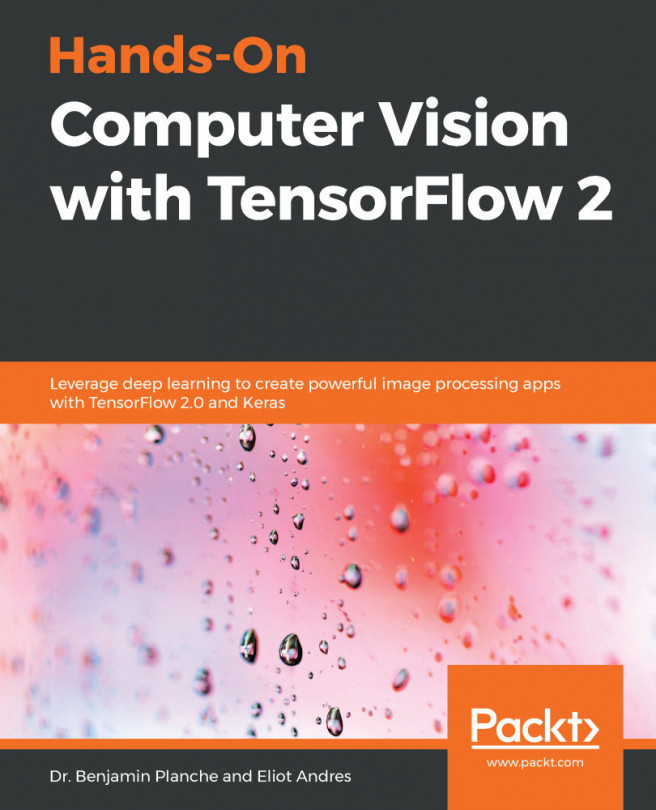Autoencoder neural networks
Autoencoder is a neural network whose goal is to produce an output identical to an input. For example, if you pass a picture into it, it should return the same picture on the other end. This seems... not complicated! But the trick is the special architecture—its inner layers have fewer neurons than input and output layers, usually with some extreme bottleneck in the middle. The layer before the bottleneck is called encoder and the layer after it is called decoder network. The encoder converts the input into some inner representation and the decoder then restores the data to its original form. During training, the network must figure out how to compress the input data most effectively and then un-compress it with the least possible information loss. This architecture can also be employed to train neural networks, which change input data in a way we want them to. For example, autoencoders have been successfully used to remove noise from images.
Note
Autoencoder neural...







































































